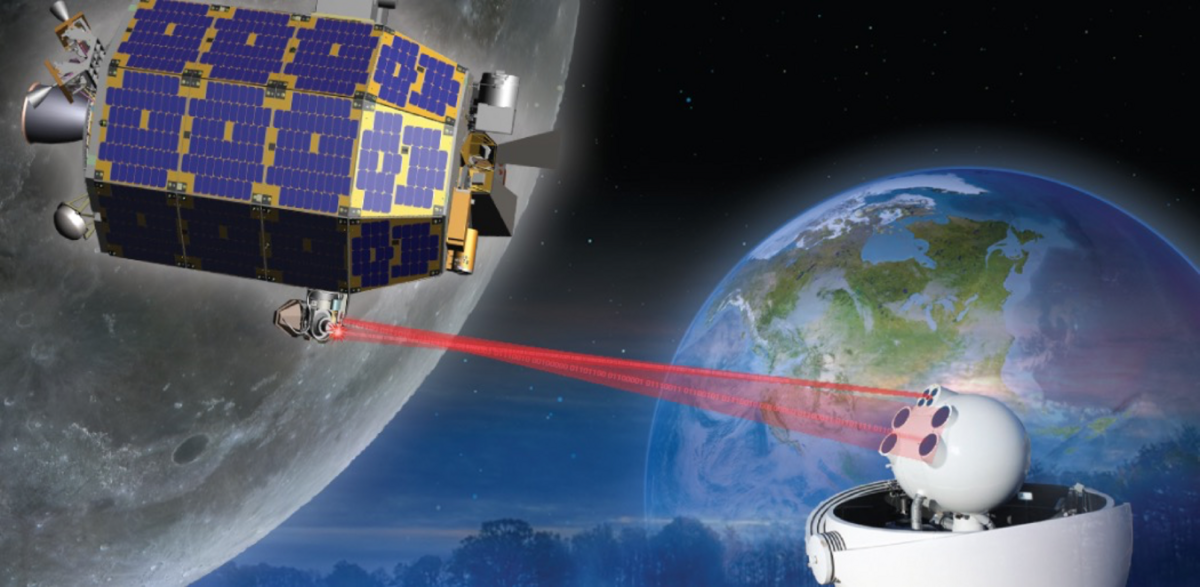
The aim of the project is to understand and test whether the wavefront sensor developed by ISSP UL could be used in wireless optical communication - i.e. “Free space optical communications” (FSOC). This means the transmission of gigabit data between two satellites, or a satellite and a ground station, outperforming the methods currently used in its application and quality. Atmospheric turbulence affect the speed and quality of data transmission between a ground station and satellites. Adaptive optics, including a wavefront sensor, help to reduce this atmospheric turbulence, ensuring more stable data transmission. This project corresponds to feasibility and demonstration activities aimed at preparing for participation in other ESA programs, such as ScyLight, in which Latvia participates or will participate in the near future.
The initial idea of the research came from the commercialization project “New generation wavefront sensors based on the method of coded diffraction patterns” financed by the Investment and Development Agency of Latvia and implemented at the ISSP UL, in which the scientists of the Laboratory of Vision Perception had developed a new generation of solutions for measuring and correcting the turbulence of the atmospheric wavefront.
Ģirts Ozoliņš, the business consultant of the project, confirms: “With this project, not only our laboratory, but also the ISSP UL has opened a new page in space technology research. We are happy to share our experience and contacts so that anyone with ideas and technological implications can apply for other ESA projects. We plan to develop the application of the wavefront sensor further. Therefore, to test the prototype of the FSOC terminal in the real environment (space), it is planned to participate in the next calls of ESA projects, establishing cooperation with larger industry players such as Thalis Alenia, Lokheed Martin and others.”